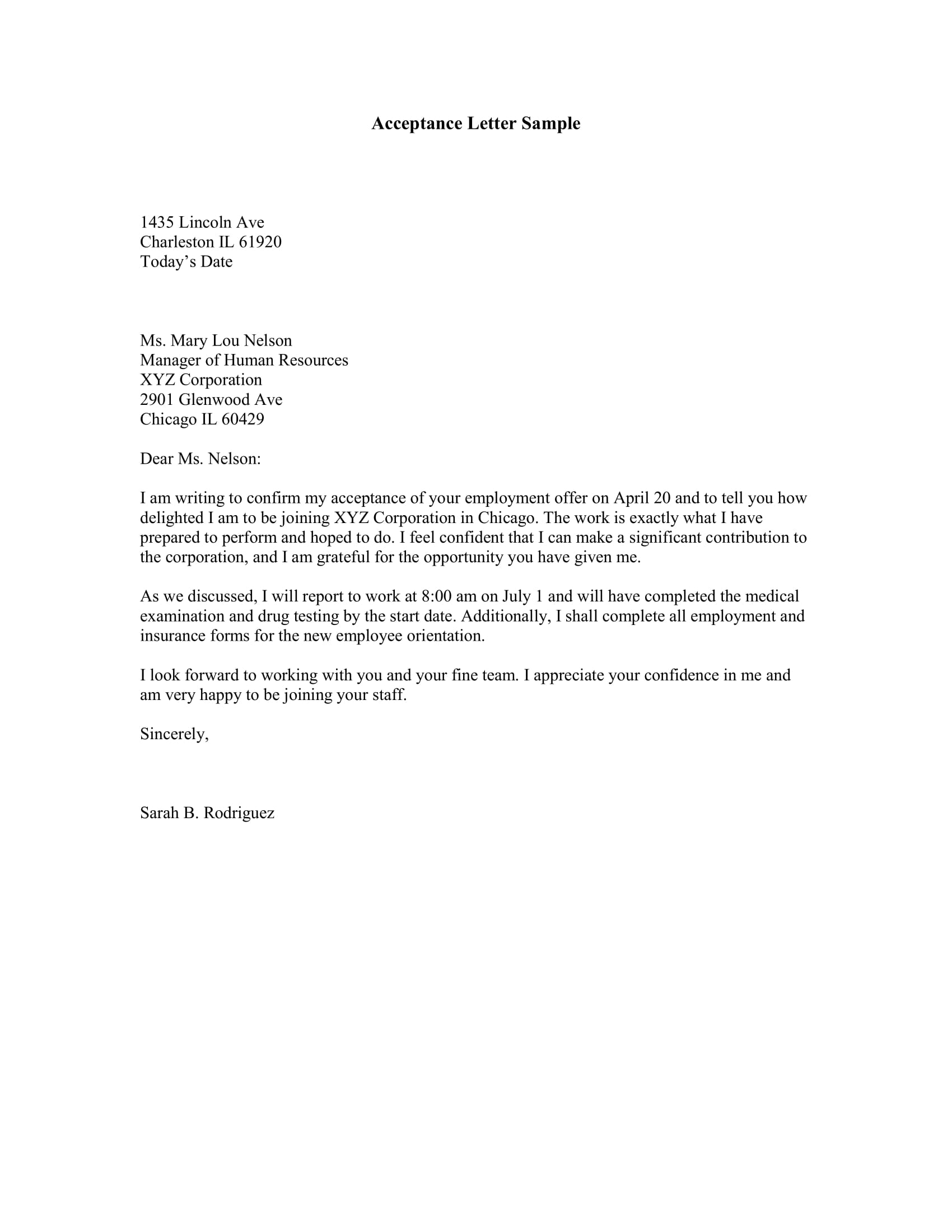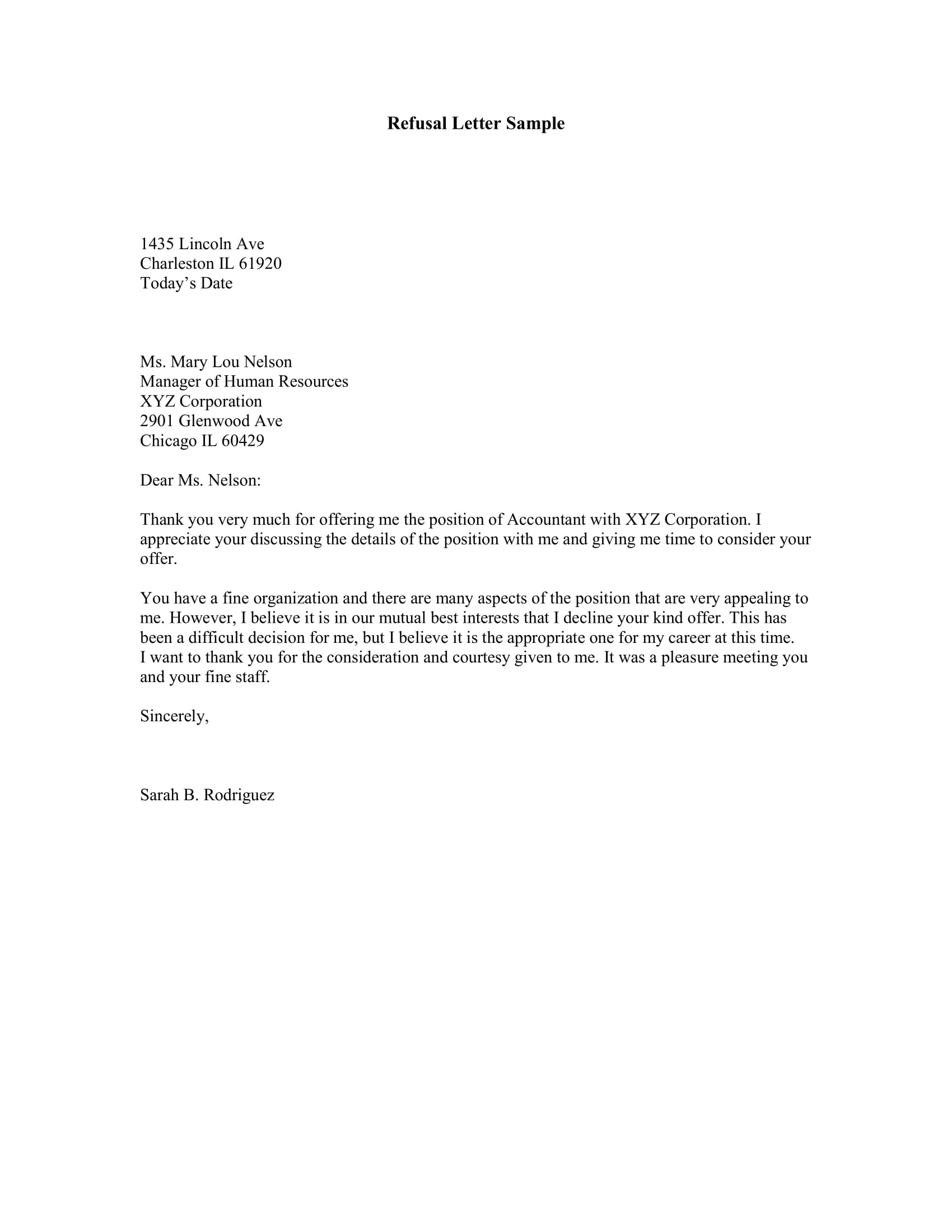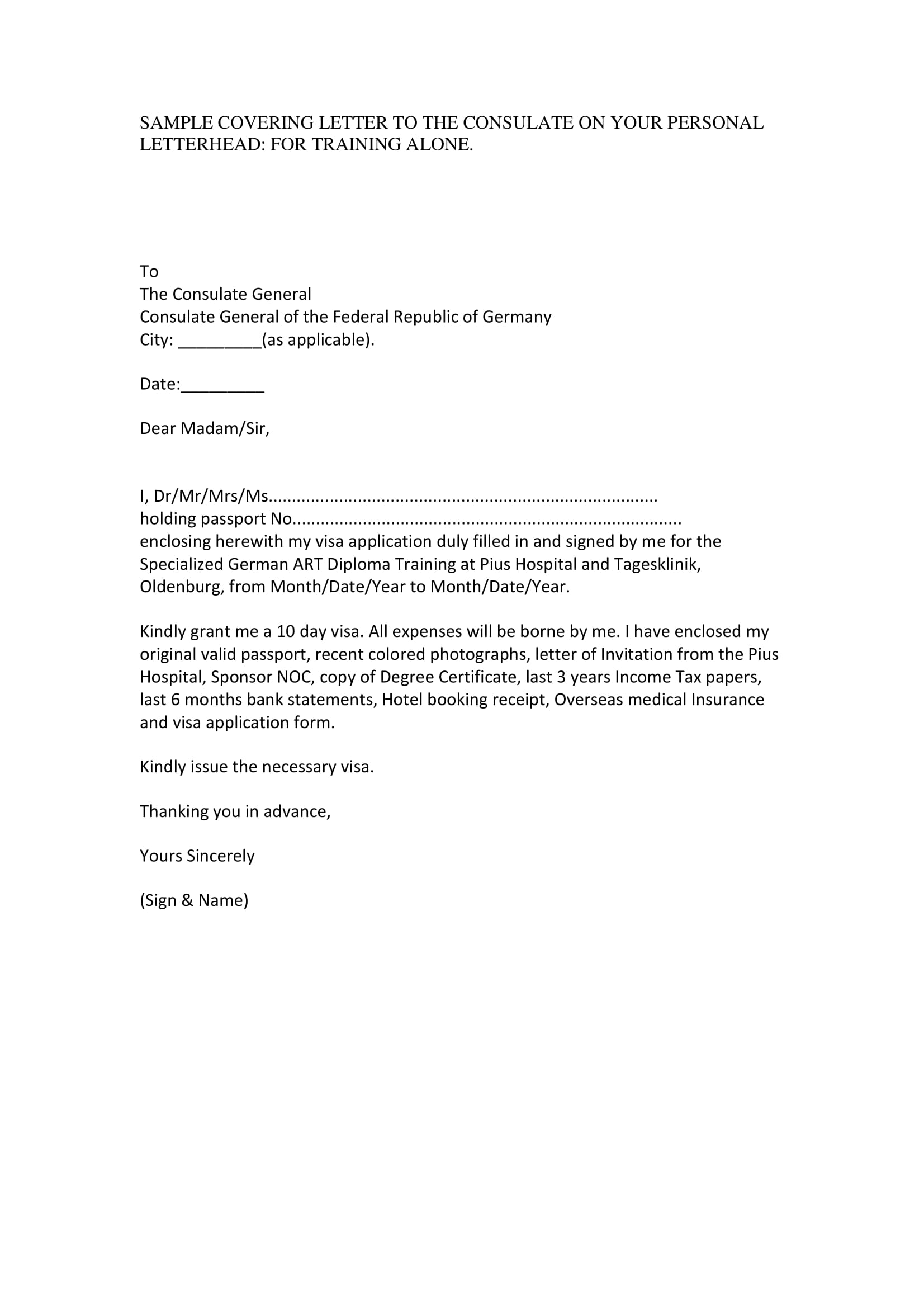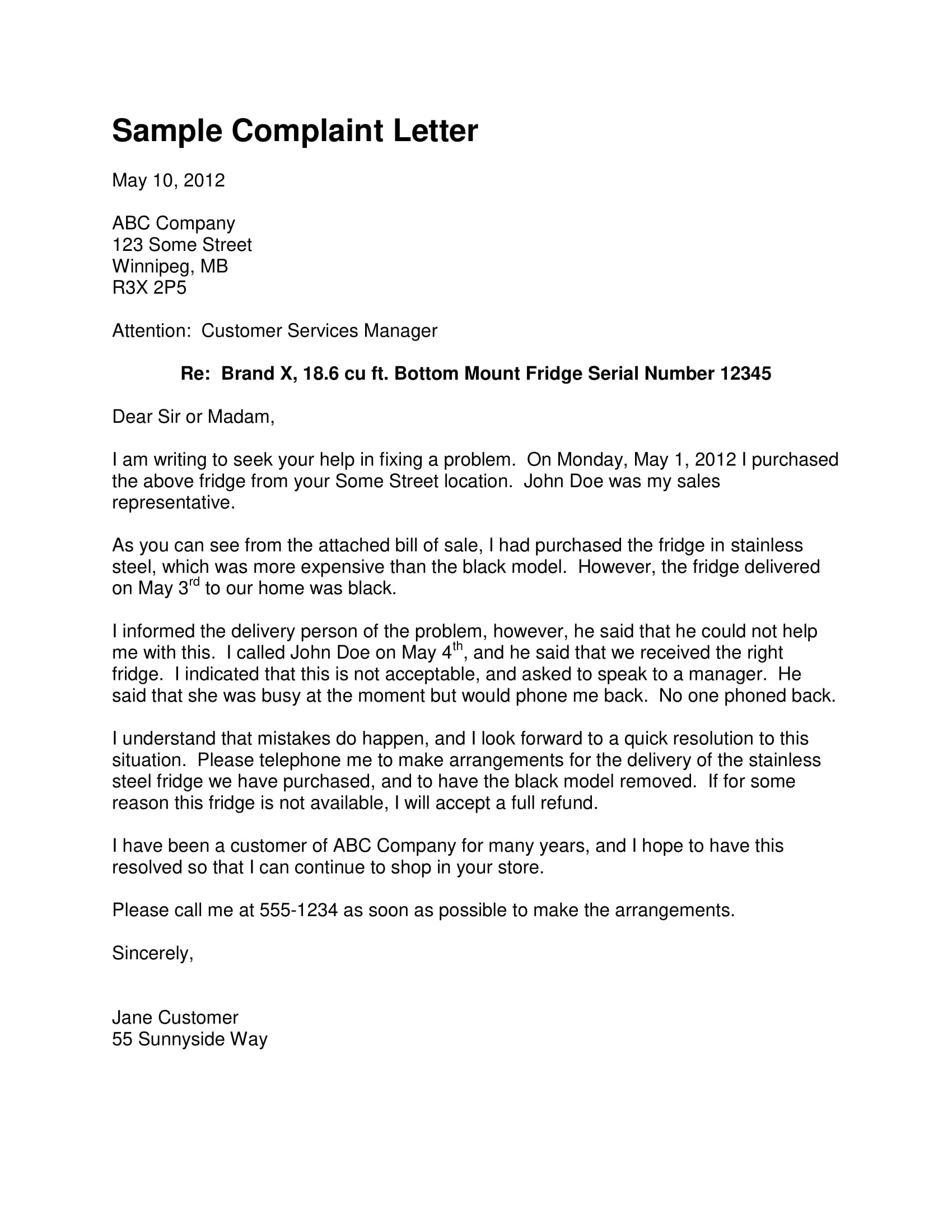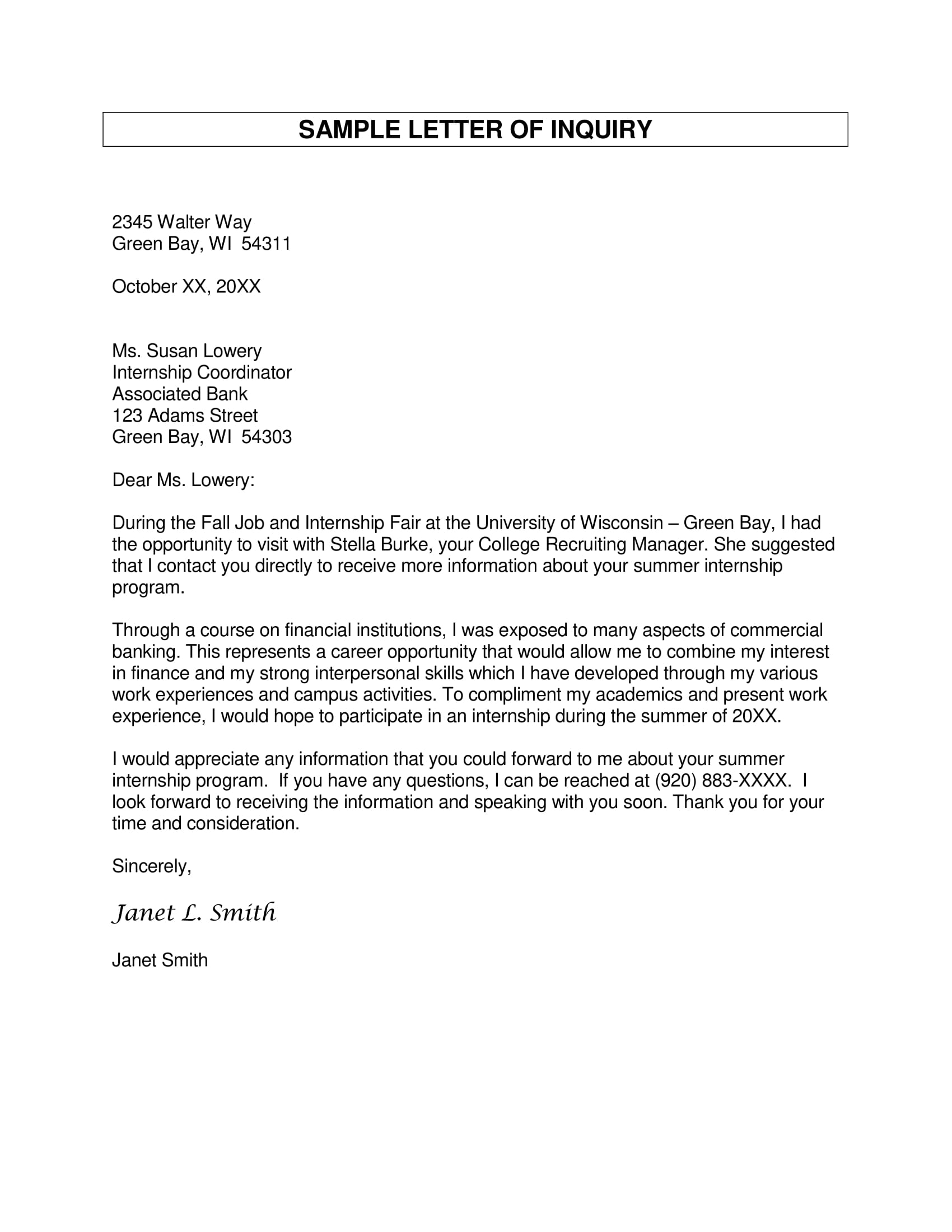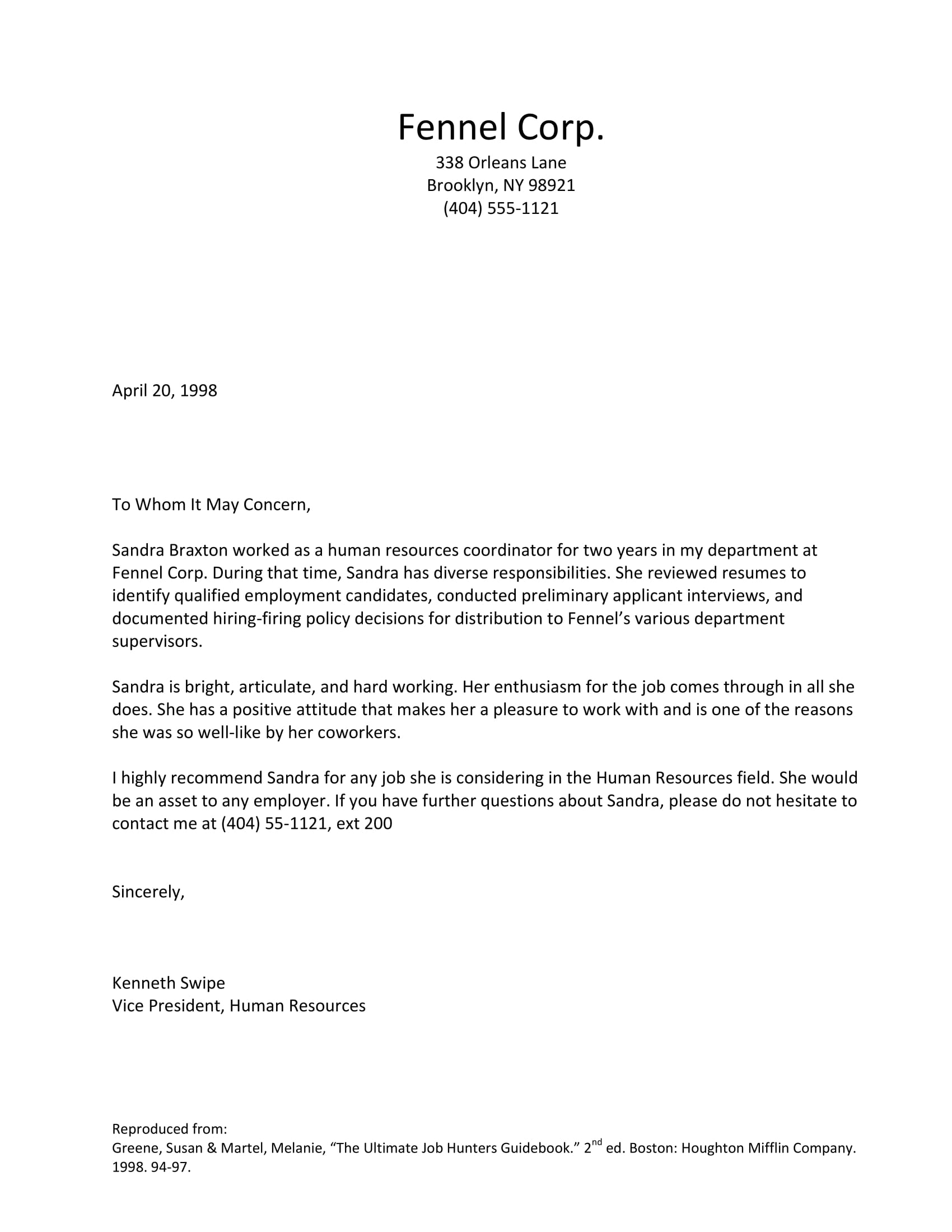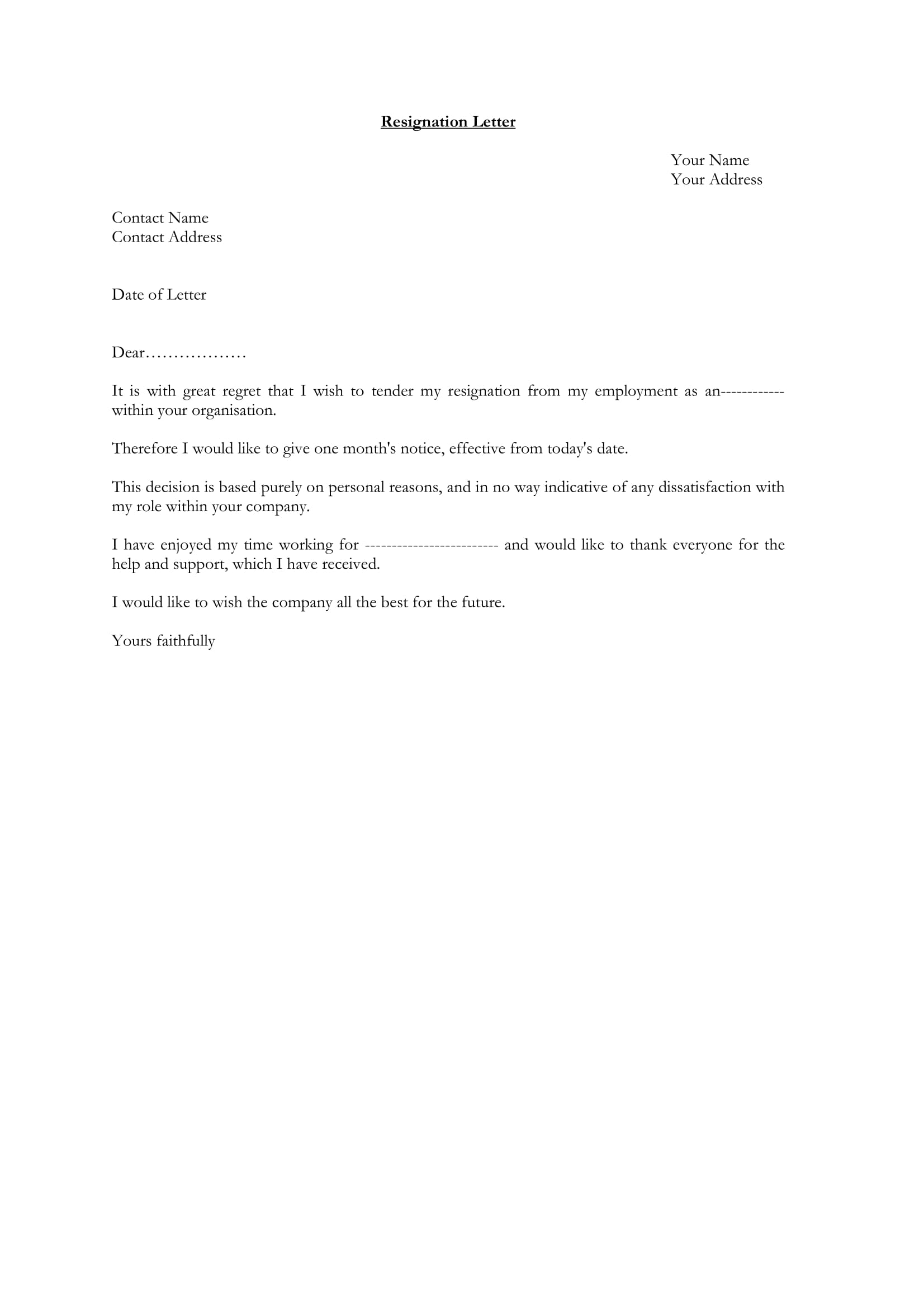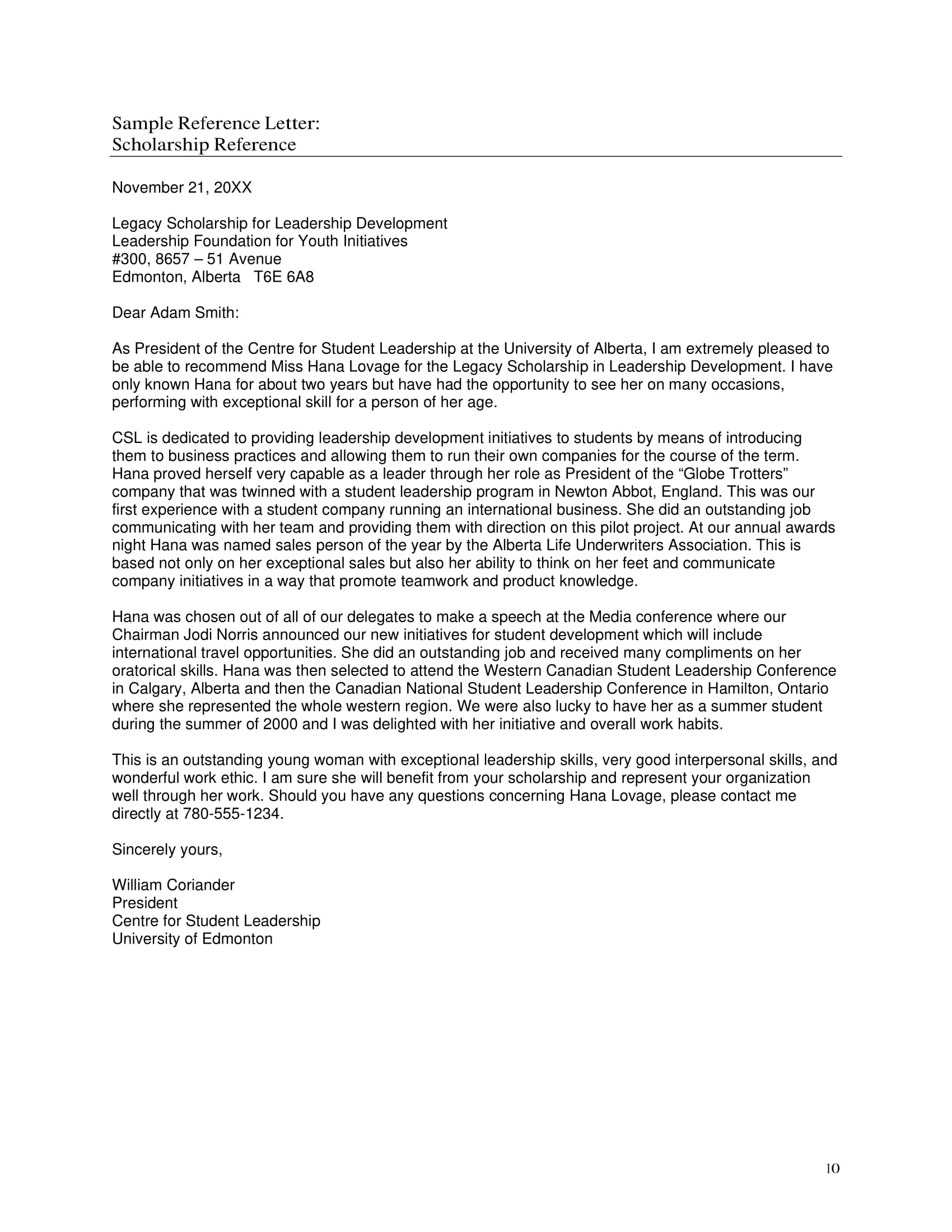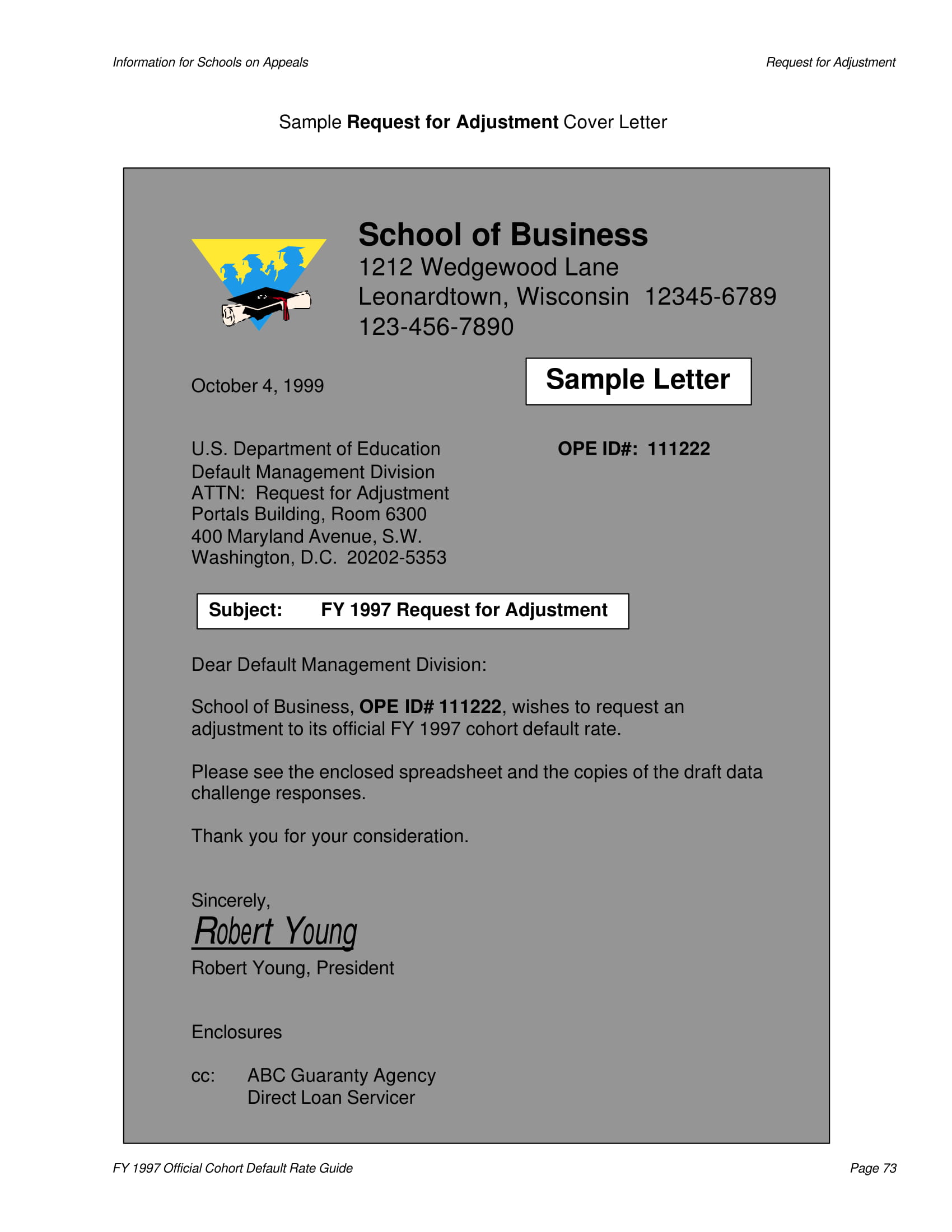35+ Professional Letter Examples to Download
At some point in your life you will eventually have to write professional letters beyond a cover letter. There will come a time when you will have to write professional correspondence with very important or prominent people be it through an envelope or email. Thus, it is a must that you have a strong foundation of knowledge in this department, besides it won’t hurt you to know various ways to make an effective and flawless professional letter.
Application Letter Format Template
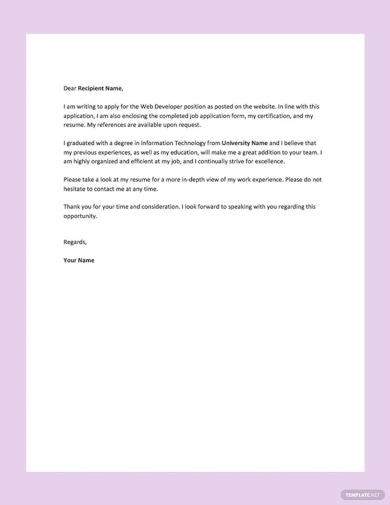
Acceptance Letter Format Template
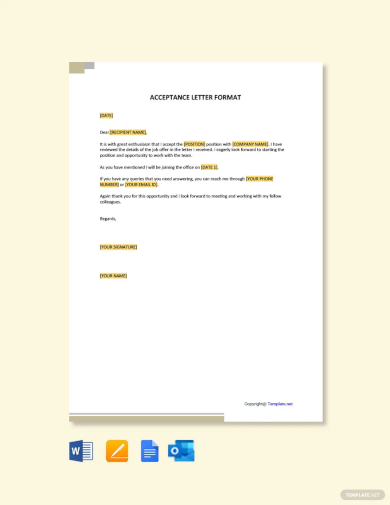
Experience Letter Format Template
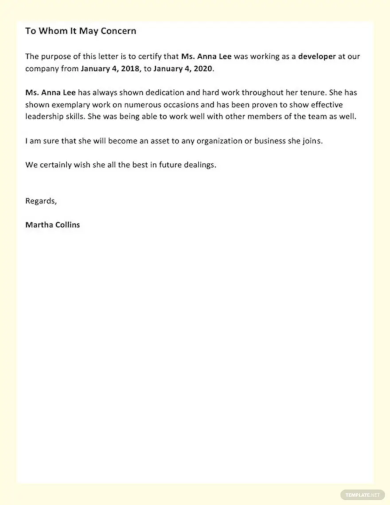
Approval Letter Format Template
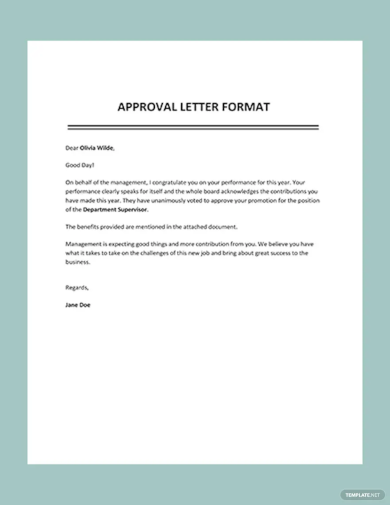
Appeal Letter Format Template
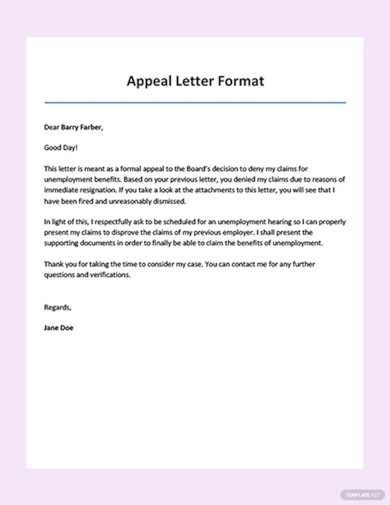
Free Professional Letter of Interest Template
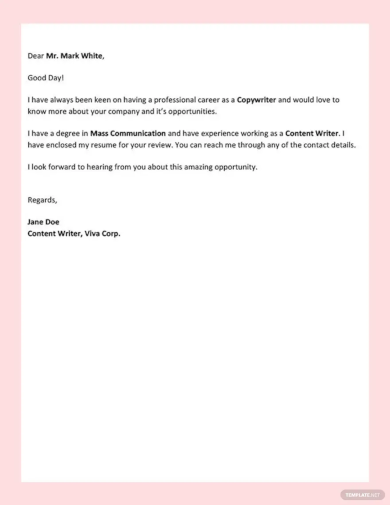
Appraisal Letter Format Template
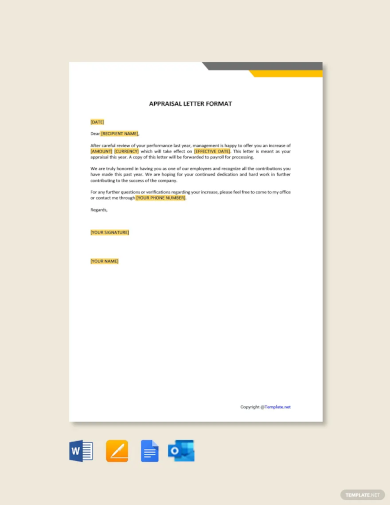
Warning Letter Format Template
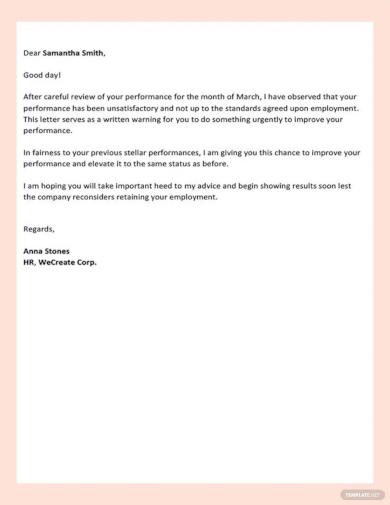
Retirement Letter Format Template
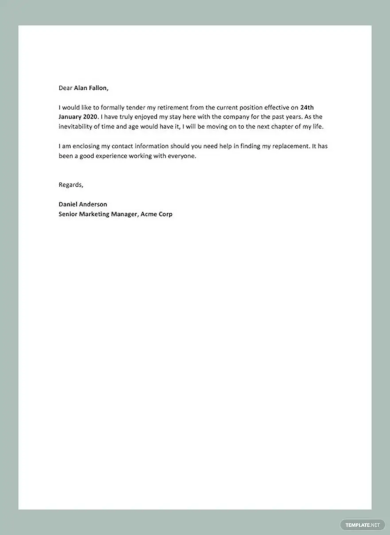
Sponsorship Letter Format Template
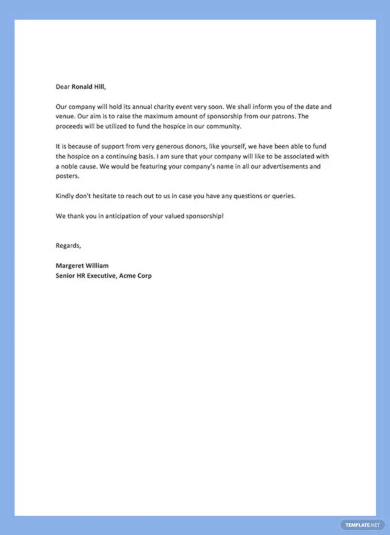
Formal Letter Format Template
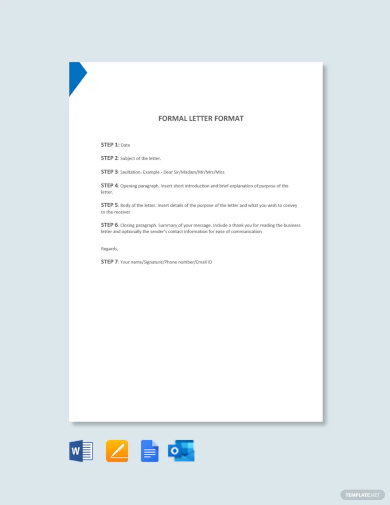
Leave Letter Format Template
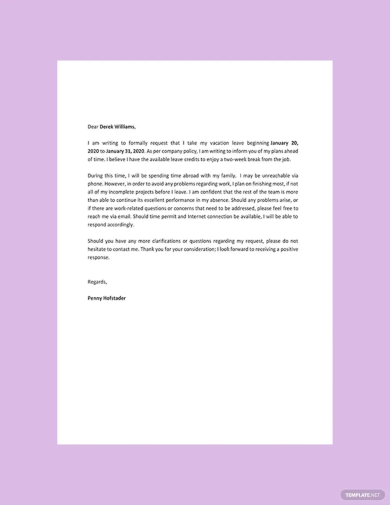
Acknowledgement Letter Format Template
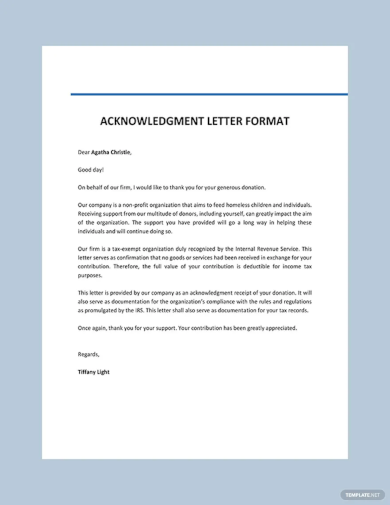
Friendly Letter Format Template

Transfer Letter Format Template
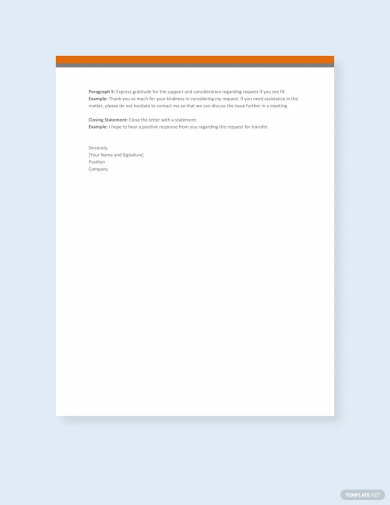
Recommendation Letter Format Template

Promotion Letter Format Template

Resignation Letter Format for Bank Employee Template
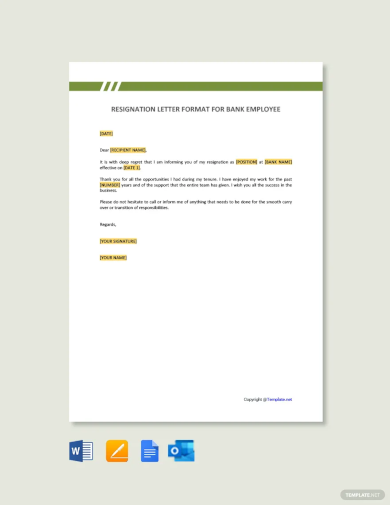
Permission Letter Format Template
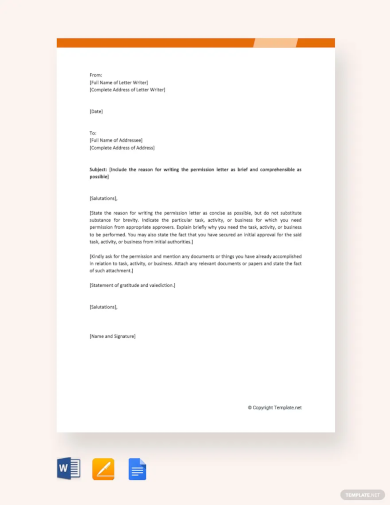
Free Professional Letter Of Recommendation For Coworker Template
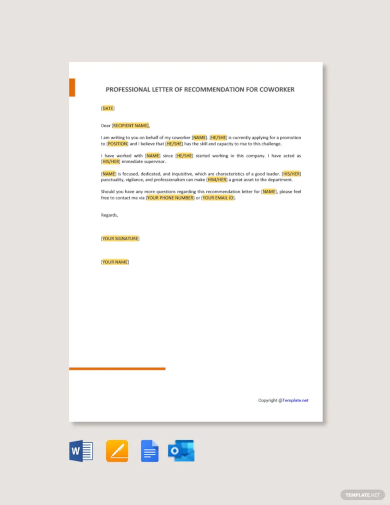
Appointment Letter Format Template
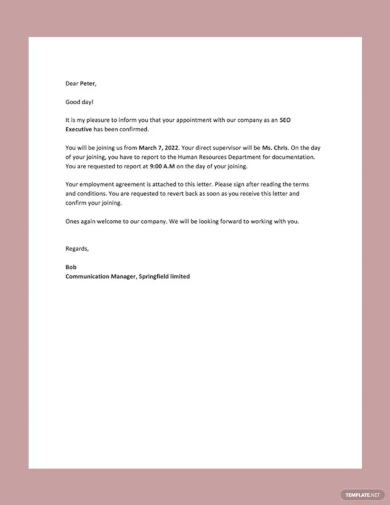
Offer Letter Format Template

Company Introduction Letter Format Template

Free Reminder Letter Format Template
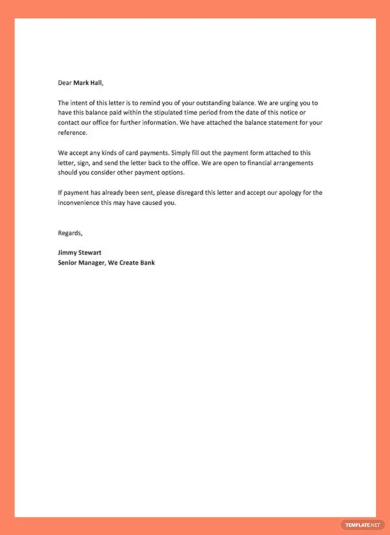
Job Offer Letter Format Template
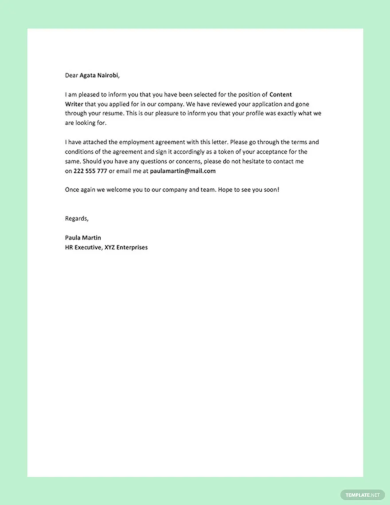
Job Acceptance Letter Sample
Job Refusal Letter Sample
These letters are vital for your career and can greatly impact how people from the other end view you as a hard working and effective professional. These letters will be most likely kept in a file devoted to all your correspondence with a company or an individual. If you are applying for a job, your application letter along with all the other letters you have sent be it a thank you letter or a letter of inquiry, will be kept in a file under you name as part of your permanent record.
Through professional letters, you can display your professional courtesy, your good and useful command of the language, and your opportunity to impress companies or individuals with your knowledge, interest and your ability to excellently get your point across. Writing a great professional letter can only do you good; aside from it successfully communicating your purpose it can also humanize you in the eyes of your reader. You may also see application letter examples & samples.
As you may have noticed, professional letters, business letters and formal letters are regarded in the same way and are generally used for the same purpose. These terms are loosely used to mean the other, meaning they have similarities in style, format, design and purpose. With the similarities that they share, these letters when written flawlessly can greatly affect the chances of you achieving what you initially intend to achieve.
Professional Letter Format
As mentioned before, professional, business and formal letters are closely similar. One of the similarities they share are the contents and format. Every professional letter, regardless of purpose and objective, must have these contents in the following order:
- Sender’s address
- Date
- Recipient’s address or the inside address
- Salutation i.e. “To Whom It May Concern” or “Dear Mr./Ms./Mrs.”
- Body
- Closing i.e. “Sincerely,” “Respectfully,” “Faithfully yours,” etc.
- Enclosures or attachments (these are other documents included with the letter, e.g. your resume. You may list the documents when more than one is included.)
- Sender’s signature
- Typist’s initials (if you did not type the letter yourself)

How to Format and Write an Effective Professional Letter
In writing a professional letter it follows basically the same format whether you send it through email or print. The most commonly used style in formatting a professional letter is the full block style wherein all the contents of the letter are left justified. Here is simple guide in how you format and write an effective professional letter:
1. The Address Block
The address block is made of the sender’s address, date and the recipient’s address or most commonly called as the inside address. At the left upper corner of your letter, it should start with your address and not your name. After your address, you skip a line then add the date when you send the letter. After the date, you skip another line then type in the recipient’s name along with his designation of position, company name and address. After these steps your address block should look like this:
12 ABC Street
Anywhere, CO 80011
April 24, 2017
Ms. Scarlet Letter
Hiring Manager
Epic Publishing House
123 DEF Avenue
Suite 456
New York, NY 10020
2. Salutation
The salutation of your letter serves as your formal greeting to your recipient. As much as possible, allot enough time to do your research on you you are going to write to in order to address them appropriately. If your are applying for a job, a potential employer might be unimpressed if your address them in a general way such as “Dear Sir/Madam” or “To whom it may concern.” If you can,try to avoid using a salutation that addresses the recipient generally instead of specifically. You may also see email cover letter examples.
However, if there is no way of getting information with regard to name of your recipient, address them in the way as mentioned above. But if known, you can address them as “Dear (First name or Last Name)”. Also bear in mind that unlike in a personal letter where you use a comma (,) immediately after the name or last word on the salutation, in a professional letter and others that are similar in format use a colon (:) in place of a comma. In addition to this, the salutation is written a space after the inside address. For example, “Dear Ms. Letter:” or “To whom it may concern:”
After successfully writing your salutation, your letter should look like this:
12 ABC Street
Anywhere, CO 80011
April 24, 2017
Ms. Scarlet Letter
Hiring Manager
Epic Publishing House
123 DEF Avenue
Suite 456
New York, NY 10020
Dear Ms. Letter:
3. The Body
The body of your letter contain the information regarding your concern or the purpose of your letter. This is the entire content of your letter. You want to keep your letter as simply and as clear as possible in order to effectively get your point across. Unless there is a very good reason to make a lengthy letter, a professional letter should only be one page long. You may also like business proposal letter examples.
It is advised that you only use short but compact sentences and avoid making everything complicated by using highfalutin and complex sentences. In the context of format, there is no need to indent the first word of every paragraph and paragraphs should be broken up with a single space.
- First Paragraph – The first paragraph of your letter serves as your introduction. Here you include a formal or friendly greeting such as “Good day!” or “Greetings of peace!” or whatever you may want to use as an opening greeting. After so, you can begin with the statement of the main point of your letter. You immediately and directly discuss the purpose of why you have written a letter for the recipient.
- Second paragraph – This paragraph is intended for the simple statement of the supporting details and ideas that are directly relevant to the main point. Since you have introduced the purpose of your letter in the first paragraph, you have to present the facts and information that directly support your initial statement. For example, in an inquiry letter, you have to support your query by presenting facts that prompt you to get confused and that you need clarification on the subject.
- Third penultimate paragraph – After your second paragraph, you can still include details in which you think are relevant to your main point. It should effectively support the main point’s importance. For instance, in a simple cover letter for a job vacancy since you have given out supporting information that makes you a qualified applicant like your educational background, previous work experience, trainings, etc. In the third paragraph, you can include your qualifying work ethic, characteristics, skills, etc. as these directly support your main purpose.
- Closing paragraph – The closing paragraph formally wraps your entire letter. You restate the purpose of yoyr letter and a request for a specific action, if necessary. If there is an attachment to your letter, this is the appropriate place to mention it.
4. Closing
To formally sign off your letter, choose a simple closing such as “Sincerely” “Respectfully” or whatever you decide to use. So long as you display courtesy and formality in closing your letter, you are good to go. Although, you have to remember that you only need to capitalize the first word of the closing then add a comma (,). You may also see how do you address an email cover letter?
The closing is normally written a single space after the last sentence of your last paragraph. After so, you leave at least 4-5 blank spaces before typing your name. The empty space is allotted for your signature as it signifies authentication to the letter. However, if you are sending the letter through Email, there is no need to leave empty spaces for your signature unless you already have an electronic or digital signature. You may also like offer letter examples.
5. Enclosures/Attachments
If you do not like the appeal of mentioning your enclosures or attachments in the closing paragraph of your letter, you can insert it on the end part of the page. You can insert it a space after you signature line by typing “Enclosed” or “Attached” or “Encl.” or “Att.” if you want to abbreviate.) After so, you have to briefly describe the documents that you have attached with your letter this can be a resume or a CV, a manuscript sample, a report summary or any other additional documents.
Cover Letter for Internship Sample
Cover Letter for Job Application Sample
Cover Letter for Visa Application Sample
Types of Professional Letters
Professional letters do not come in one style or type. As it can be used for different purposes, here are the different types of professional letters:
1. Business Letter
This pertains to the letter intended for business correspondence and not the business letter format. This is commonly used for communicating any business related transactions and/or subject matters. Although this can be sent through email, printed business letters are still preferred and validated. And just like any of these professional letters, this follows a specific format and style, the most commonly used style and format for this is full block format.
2. Cover Letter
A cover letter is commonly paired with a resume or CV when applying for a job. However, a cover letter can also be used to “cover” or serve as the primary introduction for an attached document be it for job application or for another purpose. In the case for a job application cover letter, you will use the cover letter to introduce you and your relevant knowledge and skills to the employer. This is your avenue to highlight specific qualifications that you think are the most relevant to the job and a way for you to impress your potential employer.
3. Job Acceptance Letter
As a company or organization offers a job position to you, they might need a verbal or written commitment to the offered position. In this case, a job acceptance letter is your way of communicating that you are in fact interested and willing to accept the offered job position. Although you have made a verbal commitment, it is a great idea to follow it up with a written confirmation. Here you can restate the terms of the appointment, job title, starting date, or other relevant information. In addition, you can also state you enthusiasm for starting a working relationship with the company or organization. You may also see business reference letter examples.
4. Letter of Interest
A letter of interest is commonly sent to companies when they request you to do so. It almost functions the same way as a cover letter since it should be accompanied with other supporting documents. The only difference is that the letter of interest gives a perfect snapshot of you and makes you worth interviewing. One of the main goals of this letter is to give you the first shot of being interviewed. It helps get your application on a smaller pile with a high chance of getting the job or whatever you are applying for. You may also like reference letter examples.
5. Reference Letter
A reference letter functions as a recommendation letter. The writer of this letter assesses the qualities, characteristics, and capabilities of the person to be recommended in terms of successfully completing a task. This is written to attest to the qualifications of a specific person for job application, scholarship, college admission, etc. These letters can be written by current or former supervisors, co-workers, customers, or other business professionals who have first-hand knowledge about the applicant. You may also check out notice letter examples.
6. Resignation Letter
As you may know, a resignation letter is used when you want to terminate or end your employment with the company or organization. This is a professional letter in the sense that it should relay utmost courtesy and professionalism even though you already want to immediately leave your job. A resignation letter be brief, factual and respectful. You don’t need to include to much information about the reason why you want to resign, just the final date for your tenure, a brief explanation, well wishes and offering a hand to assist in the transition process.
7. Thank You Letter
A thank you letter is commonly sent after a successful interview. For the reason that you want to thank the employer for giving you chance to be interviewed, restating why you are interested with the job, showcasing your qualifications, how you plan to contribute to the company or organization and why you think you are the most qualified candidate for the job. As you may have noticed, it exceeds more than the literal meaning of just thanking the employer. Although that the is the main point of the letter, you have convince the employer that you have more to offer aside from you have shown during the interview.
8. Inquiry Letter
This letter is a way of requesting information with regard to the authenticity of certain matters. For example, during your job search, you can send a letter of inquiry to a company or organization regarding matters you need information like a specific position or geographic location. However, this letter is not only limited to job vacancy inquiries, it also deals with funding, grants, scholarships, projects, sales, pre-proposals and others. You may also see complaint letter examples & samples.
9. Acknowledgement Letter
The main purpose of this letter is to provide proof that you have in fact received specific documents or specific types off requests. This letter is commonly used for anything involving a legal process. Aside from that, this type of letter also serves as an informal thank you letter. When you acknowledge the help or support some has extended to you, you are indirectly thanking them. In addition to this, it serves a dual purpose as a receipt and of public relation. A receipt or proof that you have personally gotten a hold of whatever they may have sent or given and of public relation since you have given professional courtesy to the sender. You may also like two weeks notice letter examples & samples.
10. Letter of Acceptance or Decline
This is the letter you send when you decide to accept or decline a job offered by a certain company or organization. In an acceptance letter, you relay your enthusiasm and commitment to the offered position along with a brief description of how you can be a asset and can greatly contribute to the company or organization. On the other hand, if you want to decline on an offer, you state the supporting details as to why you have decided to decline. Although this can get lengthy avoid doing so, instead just briefly state your reasons, apologize and thank the company for the offer. You may also check out appointment letter examples & samples.
11. Appreciation Letter
Although this may sound like this should be a personal letter, this is professional letter in the sense that you want to show appreciation to someone who has helped and influenced you be it the President of the State, the head of the company, your former professor, thesis adviser, department head or dean, mentor, etc. As it should, it should still follow a professional manner of writing in order to display utmost respect, courtesy and professionalism.
12. Complaint Letter
As you may have been disappointed about something, a broken newly bought washing machine, an airline losing your baggage, the cable company doubling your bill, etc. you are in the right to send in a complaint letter. Although you might feel anger or frustration, you have to write in a professional way since this letter is subjected to big companies and/or head of departments. In this letter, you state your complaint along with the supporting information and proof for example a receipt, a page in the manual that states your concerns, your reference number, etc.
13. Letter of Adjustment
This letter is in response to the written claim or complaint from a buyer or costumer. This letter informs the complaint letter sender about the acceptance or rejection of their claims or complaints. In essence, the letter of adjustment is the way of the company or organization to notify the costumer about the actions to be take about his/her claim or complaint.
Complaint Letter Sample
Letter of Inquiry Sample
Recommendation Letter Sample
Pros and Cons of a Professional Letter
Same with any types of letters, there are always advantages and disadvantages. Here are some of the pros and cons of a professional letter:
Pros
- Through the a professional letter you can exchange vital business related information.
- It is an effective way of conveying information in a brief and direct manner.
- It can help the sender to find new sources for certain products.
- It is good way of establishing business and professional relationships.
- It helps build goodwill and image for the sender.
- It is provides an easy way for maintaining records and references.
- It is a well-structured way of communicating.
- It can help maintain confidentiality and secrecy of matters being discussed.
- It is concise but well-informed.
You may also see employee reference letter samples.
Cons
- The rigid structure can be limiting in expressing or explaining your purpose.
- It is an old medium of communication.
- Some professional letters cannot be easily understood because of the complexity in the language use,
- Printed and enveloped professional letters are easily missed unlike Emails, fax, etc.
- Professional letters sent through the mail are considered slow moving compared to instant messaging.
- Compared to Emails, this can be costly especially when it needs to be printed.
- Sometimes there is a lack of response especially when there is no attached contact information in the letter.
You may also like what is an application letter?
Resignation Letter Sample
Scholarship Reference Letter Sample
Adjustment Letter Sample
Tips for Writing High Impact Professional Letters
Since you intend a professional letter for professional and vital purposes, it is must to produce a quality output. This means you have to continuously learn in order to improve. To help you with that, here are some useful tips in order for you to write effective professional letters:
- It should be diplomatic and respectful.
- In connection to the first one, it must constantly use professional language.
- It should be direct and concise.
- Typically, it must not exceed one page in length.
- It must follow a standard font. The most commonly used is Times New Roman in 12-point size.
- It should observe proper grammar, punctuation and spelling.
- It must be error-free. Always proofread and edit, if necessary.
- The content should be tailored specifically for each receiver.
- If the correspondence is done through Email, keep the professional tone, structure and format in your letter.
- Avoid using technical terms. Only use simple and easily understood words.
Professional letters, just like any forms of communication, is just a method of conveying information. It follows a certain format and structure. Although the rigidity of this strict format and structure can be limiting at times, it harnesses your ability to construct short sentences that still expresses a complete thought. You may also see official resignation letter examples.
In the end, the effectivity of your letter depends on you and your diligence in writing it flawlessly. It does not matter if the letter has a strict format, all that matters is you try to conform and practice your ability to be flexible despite limitations. If you really want to achieve the main goal of your professional letter be it to get that job interview or to have a favorable outcome of that complaint letter, you have to remember to be straightforward, courteous and professional. Whoever you are writing to for whatever reason they deserve respect, express it in your letter. You may also check out immediate resignation letter examples.



